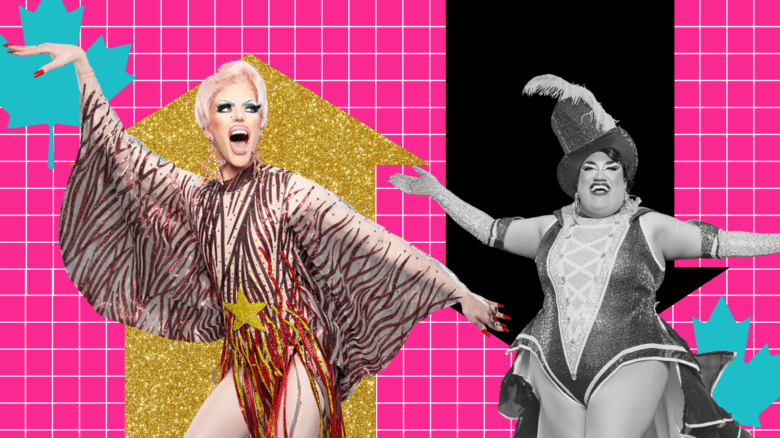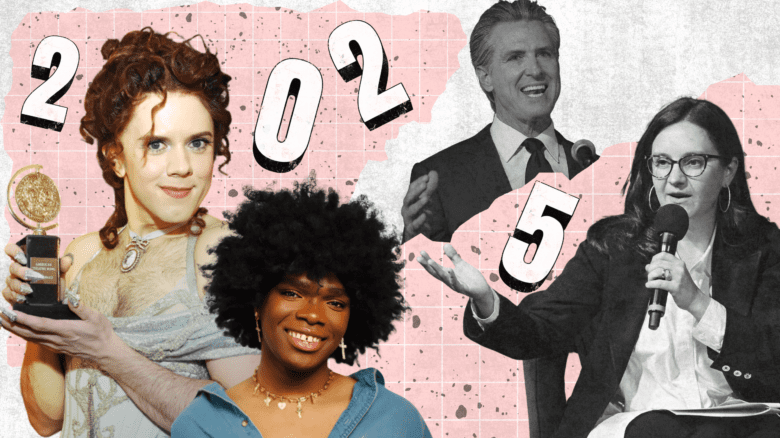Hari Krishnan is racially profiled at least twice a week. The Toronto-based queer choreographer teaches dance part-time at Wesleyan University in Connecticut, so he flies back and forth between Canada and the US on a weekly basis.
“The colour of my skin is a huge issue for airport security and customs since 9/11,” he says. “I’m always preselected for searches, and my bags are often assumed to contain something dangerous.”
In addition to being a person of colour, Krishnan’s sexuality also comes up as an issue when travelling.
“The way I dress and my flamboyant nature make me stand out as gay,” he says. “I’m lucky in those situations because I speak English very well. My heart breaks for those people who don’t and end up getting themselves into bad situations.”
Krishnan’s new work, Box, which has its Toronto premiere Mar 18 at the Fleck Dance Theatre, started as a response to this set of experiences.
“It’s a piece about challenging stereotypes,” he says. “I wanted to both examine and blur the binaries between what we think of as coloured and white, marginal and mainstream.”
The piece, which features two dancers and two live musicians, premiered in New York in 2009.
Box is being presented as part of a retrospective of Krishnan’s work, to tie in with the 10th anniversary of his company, InDance. Mandated to blend classical Indian dance with contemporary choreography, the company has presented its works to high acclaim in Canada, the US, Malaysia and India.
Krishnan describes Box (which is also the title for the whole evening) as a short form for “dancing outside the box,” an idea that has been central to his choreographic philosophy as well as much of his life.
“This has been a personal mandate informing much of what I do and how I see myself in the world, so it also seemed like an appropriate title for the entire evening,” he says. “My work breaks down boundaries between classical and contemporary forms, and in my life I live multiple identities as a gay man, an immigrant and a person of colour. Dancing outside the box is a great way to encompass everything about who I am and what I do.”
When Krishnan emigrated from India in 1997, he specifically selected Toronto as his home because of its cultural diversity. Though much of the audience for classical Indian dance was rooted in the suburbs at that time, Krishnan was insistent that the company be based downtown.
“My work is all about blurring boundaries, so I wanted to be able to present to a diverse audience, including both the South Asian community and the young hip audiences who live downtown,” he says. “Our company has been embraced by a wide range of audiences, everyone from the older immigrant families living out in Brampton and Oakville to the urban hipsters of the downtown core. Toronto is a place where you can attract this wide range of people to your work, and I feel very blessed to be based here.”

 Why you can trust Xtra
Why you can trust Xtra


